Initial Management at Presentation
- Decision for treatment: In cases where severe associated brain anomalies are present on MRI or CT, the anomalies along with their associated consequences should be discussed in detail with the parents prior to proceeding with surgical repair.
- Surgical repair in infancy: Surgery is the mainstay for management of cervical encephaloceles and is generally performed during infancy. The surgery may be performed electively unless the sac has ruptured and there is leakage of CSF (1). Delayed repair allows sufficient time for preoperative planning and a full discussion with the parents about the prognostic implications of the encephalocele and the associated cerebral anomalies.
Adjunctive Therapies
- Seizures: Patients who present with seizures should be treated with the appropriate anticonvulsants.
- Hydrocephalus: Patients with symptomatic hydrocephalus should undergo ventriculoperitoneal shunt placement for CSF diversion to prevent leakage of CSF from the encephalocele repair site and associated infection.
- Respiratory insufficiency: Patients with respiratory insufficiency are managed with mechanical ventilatory support as indicated.
- Dysphagia/aspiration: Patients with dysphagia due to secondary aspiration are managed with a feeding tube as indicated.
- Delayed cranioplasty: Skull defects that fail to re-ossify can be managed by delayed cranioplasty with a split thickness autologous bone graft harvested when the child’s bone is sufficiently thick or with a CT-guided custom-fitting implant.
Follow-up
- Routine postoperative care: The infant is prevented from lying directly on the incision until adequate healing has occurred and is monitored closely for the development of hydrocephalus. If overt hydrocephalus has not developed prior to discharge from the hospital, a follow-up head CT scan or head ultrasound study should be obtained as a baseline.
- Consultation by developmental pediatrician: Patients with extensive neural tissue in the sac and associated cerebral anomalies require close postoperative follow-up for respiratory insufficiency, dysphagia with secondary aspiration, dysfunction of the cranial nerves, and/or spastic or decreased muscle tone. Such patients should undergo consultation by a developmental pediatrician prior to discharge for follow-up as indicated.
Please create a free account or log in to read 'Management of Cervical Encephaloceles in Children'
Registration is free, quick and easy. Register and complete your profile and get access to the following:
- Full unrestricted access to The ISPN Guide
- Download pages as PDFs for offline viewing
- Create and manage page bookmarks
- Access to new and improved on-page references

